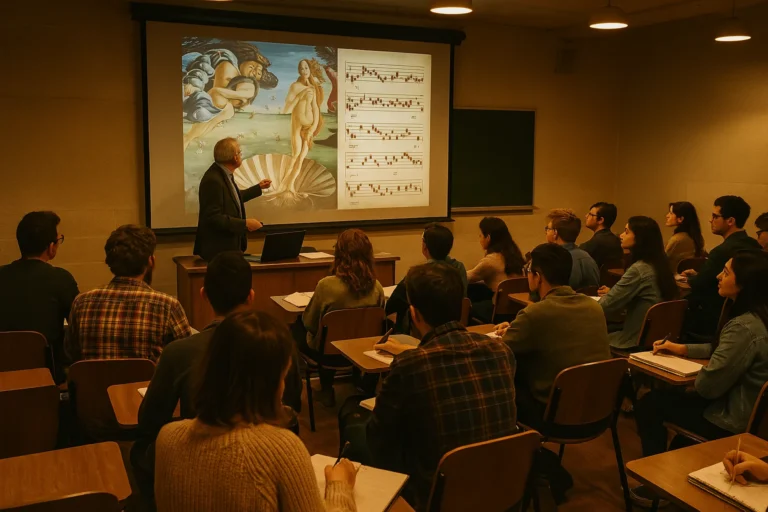Art has always been a fundamental form of human expression, allowing individuals to communicate emotions, ideas, and stories through various mediums. If you’ve ever wondered how to learn art, you’re not alone. Many aspiring artists seek guidance on their creative journey, whether they are beginners or seasoned creators looking to refine their skills. This guide will provide you with a structured approach to learning art, incorporating practical tips, resources, and insights to help you flourish as an artist.
Understanding the Basics of Art
Before diving into the techniques and methods of creating art, it’s essential to grasp the fundamental concepts that underpin artistic expression. Here are some key areas to focus on:
- Elements of Art: Familiarize yourself with the basic elements, including line, shape, color, form, texture, space, and value. Each element plays a critical role in creating compelling artwork.
- Principles of Design: Learn about balance, contrast, emphasis, movement, pattern, rhythm, and unity. These principles guide how you arrange the elements of art to create visually appealing compositions.
- Art History: Understanding the evolution of art through different periods and movements can provide context and inspiration for your own work.
Choosing Your Medium
One of the most exciting aspects of learning art is experimenting with various mediums. Here are some popular options to consider:
1. Drawing
Start with basic drawing techniques using pencils, charcoal, or ink. Practice sketching everyday objects to develop your observational skills.
2. Painting
Explore different painting styles, such as watercolor, acrylic, or oil. Each medium offers unique challenges and rewards, so try them all to find your preference.
3. Digital Art
With technology advancing rapidly, digital art has become increasingly popular. Familiarize yourself with software like Adobe Photoshop or Procreate to create stunning digital illustrations.
Developing Your Skills
Once you’ve chosen your medium, it’s time to hone your skills. Here are some effective strategies to consider:
- Practice Regularly: Set aside dedicated time each week to create art. Consistency is key to improvement.
- Take Classes: Enroll in local art classes or online courses. Websites like Skillshare and Udemy offer a plethora of resources for artists of all levels.
- Seek Feedback: Share your work with friends, family, or online communities. Constructive criticism can help you identify areas for growth.
- Join Art Groups: Engage with local or online art groups. Networking with fellow artists can provide support, inspiration, and collaboration opportunities.
Finding Inspiration
Inspiration can come from various sources. Here are some tips to help you find it:
- Visit Museums: Explore local art galleries and museums to see works by established artists. Pay attention to techniques, styles, and themes that resonate with you.
- Follow Art Blogs and Social Media: Platforms like Instagram and Pinterest are filled with creative content. Follow artists whose work inspires you and engage with their content.
- Nature and Everyday Life: Sometimes, the best inspiration comes from the world around you. Take walks, observe your surroundings, and capture moments that spark your creativity.
Building Your Portfolio
As you progress in your artistic journey, it’s essential to document your work. A well-curated portfolio showcases your skills and style. Here are some tips for building an impressive portfolio:
- Choose Your Best Work: Select pieces that represent your unique voice and skills. Quality over quantity is crucial.
- Organize by Theme or Medium: Group your work in a way that highlights your versatility and range as an artist.
- Update Regularly: As you create new pieces, update your portfolio to reflect your growth and evolving style.
Frequently Asked Questions (FAQ)
1. How long does it take to learn art?
The time it takes to learn art varies for each individual. Regular practice and dedication can lead to noticeable improvement within a few months, but mastery takes years of experience.
2. Do I need formal education to learn art?
No, formal education is not necessary to learn art. Many successful artists are self-taught. However, classes can provide valuable guidance and structure.
3. What are some good resources for learning art online?
Websites like YouTube, Skillshare, and Coursera offer numerous tutorials and courses on various art techniques. Additionally, online communities like DeviantArt and ArtStation can be great for feedback and inspiration.
4. Can I learn art at any age?
Absolutely! Art can be learned at any age. Whether you’re a child, teenager, or adult, it’s never too late to explore your creative side.
5. How can I stay motivated while learning art?
Set achievable goals, celebrate small victories, and surround yourself with supportive individuals. Joining art communities can also help keep your motivation high.
As you embark on your journey to learn art, remember that the process is just as important as the end result. Embrace the challenges, celebrate your progress, and most importantly, enjoy the creative process. Whether you aim to become a professional artist or simply want to express yourself, the world of art is waiting for you to explore. Take that first step today, and let your creativity shine!


Leave a Comment